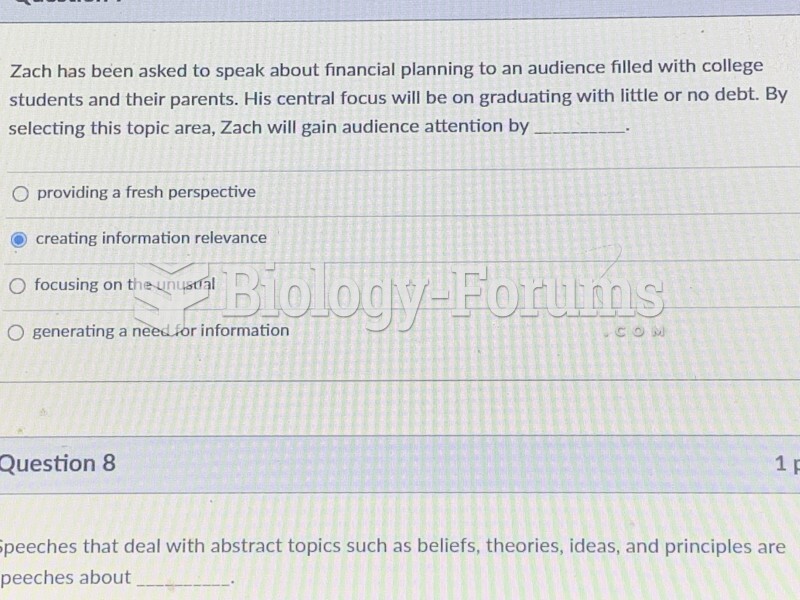Many free speech controversies over the years have involved art that is offensive to some
religions. Communication, whether in spoken or written speech or a behavior that is considered
insulting, degrading, or contemptuous of a god or a form of religion, is called blasphemy. In the
United States, the U.S. Supreme Court declared for the first time that blasphemy is protected
speech under the First Amendment in 1952 in a decision called Joseph Burstyn, Inc. v. Wilson.
A film by the great Italian movie director Roberto Rossellini called The Miracle applied to the
state of New York for the license then required for commercial showing of any film. The state
prohibited licensing of any film considered sacrilegious, which the New York courts defined as
meaning that no religion. . . shall be treated with contempt, mockery, scorn and ridicule. The
Supreme Court struck down that law and said for the first time that films are protected speech
under the First Amendment. The court was concerned that giving so much power to a
government censor might cross the Constitutions guarantee of a separation of church and
state. The Court, while noting that free speech is not an absolute right, said that It is not the
business of government in our nation to suppress real or imagined attacks upon a particular
religious doctrine.
Ireland recently adopted a blasphemy law, while England and Wales abolished theirs in
2008. Australia has a ban on blasphemy on the books, but has not prosecuted anyone under it
since 1919. Canada includes a crime of blasphemous libel in its Criminal Code, but that is in
apparent conflict with its guarantees of free speech, and it is unclear whether the Criminal code
provision would actually be enforced today.
For each of the examples below, search the Web for images of the work. Do you believe
the work is blasphemous? Should it be censored, despite legal free speech protections? Using
ethical theories in this chapter, develop arguments in favor of and opposed to censorship. Then
consider the ethical obligations of the presenter to display the work or keep it from public
display.
What will be an ideal response?
Question 2The Turner Diaries were published in 1978 by William Pierce under the pseudonym Andrew
MacDonald. Pierce, who died in 2002, had been a founder of a neo-Nazi group called National
Alliance. The novel is a fictionalized account of a white-supremacist, Earl Turner, who attacks
the United States with special hatred for blacks and Jews. The book gained special notoriety
when it was learned that Timothy McVeigh, the convicted and executed terrorist who blew up
the Murrah Federal Building in Oklahoma City in 1995, had a copy in his car. It had also been
influential on a neo-Nazi named Bob Matthews who murdered a Jewish radio talk show host
Alan Berg a decade before the Oklahoma City bombings.
What will be an ideal response?







